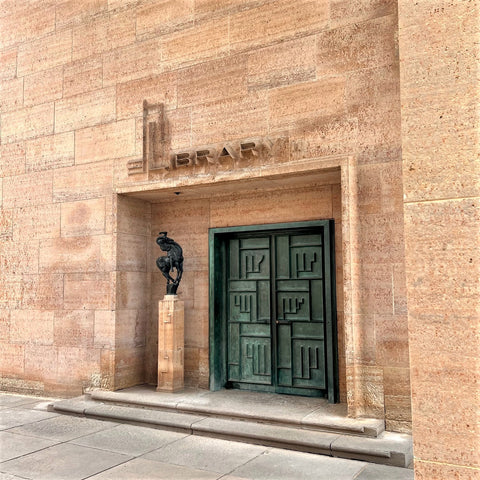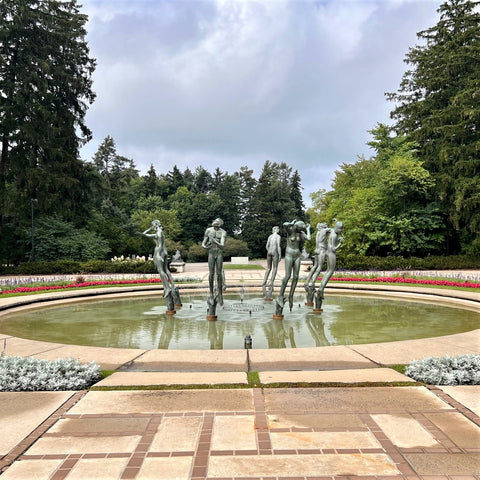Michigan is closely associated with the auto industry and the Great Lakes, but the state has also played a significant role in the history of American modern architecture and design. From the iconic midcentury furniture designs produced by Herman Miller to the graceful buildings designed by Japanese-American architect Minoru Yamasaki, Michigan has yielded an impressive roster of creative and influential work.

An Educational Community
Central to Michigan's design role is the institution of Cranbrook. Cranbrook is a historic educational community in Bloomfield Hills, Michigan. Founded in 1904 by Detroit newspaper publisher George G. Booth and Ellen Scripps Booth, Cranbrook began as a working farm that was transformed into an elaborate country estate, by the Detroit architect Albert Kahn.

The Booths established a sizeable educational community on their estate, including Brookside School, Cranbrook School (for boys), Kingswood School (for girls), Cranbrook Institute of Science, and Cranbrook Academy of Art, a graduate level art college.

The educational buildings were designed by the Finnish architect Eliel Saarinen, set in a beautiful rolling landscape that includes small lakes, fountains, sculptures, gardens, and tree lined walkways. The many figurative sculptures by Swedish artist Carl Milles are particularly noteworthy and have become Cranbrook icons in their own right.

The Academy
Cranbrook Academy of Art attracted artists and designers of international renown, and was especially influential in the development of mid-century modernism. Charles and Ray Eames, Harry Bertoia, Eero Saarinen, and Florence Knoll all studied at Cranbrook or served as instructors (often both). Cranbrook has a rich history, but its graduates continue to shape the world of art, architecture, and design today. The original estate home (Cranbrook House), the Academy of Art Museum, and the campus grounds are open to the public: www.cranbrook.edu.




